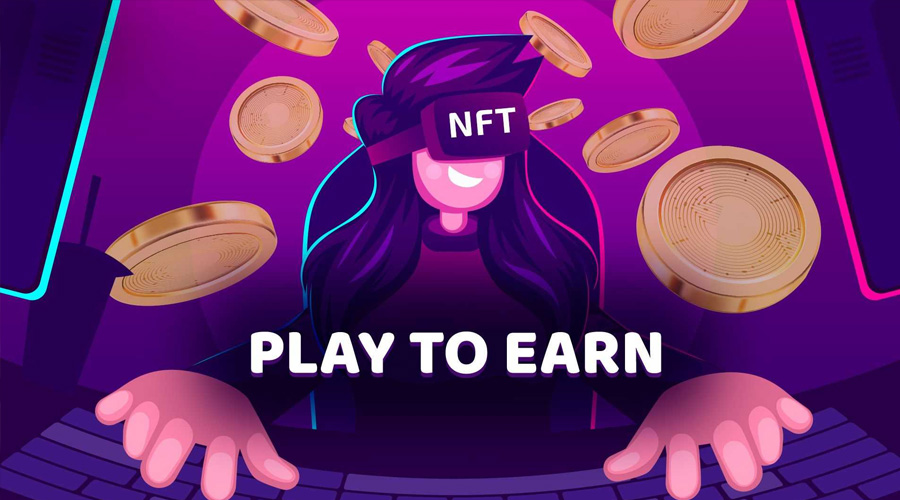One of the easiest ways for a developing country to rise is to promote mass production, even if the initial “value added” of that production is not high.
Why? What are you thinking now?
Because mass production does not require technical expertise or education, the output is instead the leading metric.
If it gives the masses a steady income and ultimately money to pay the bills and educate the children – that was the hope and dream of many generations ago. Openness to mass production is arguably one of the biggest contributors to the success of the “Asian tigers” in the post-war era, allowing even relatively small or devastated as Taiwan, South Korea, and Singapore to transform into superpower economies, lifting the ranks of value-added industries for decades.
The biggest beneficiary of this formula is undoubtedly China, which has lifted more than a billion people out of poverty within 40 years and has become the world’s factory, dominating the production lines for all. products that we consume. Its competitive advantage is not only the technology but the ecosystems and infrastructure that support efficient supply chain operations also make it the most attractive manufacturing hub for mass production, not to mention Robots and AI supplement (or even replace) human labor in the process.
What if “play for money” moves from “a side business” to a “national industry”, driven by a sufficiently clear policy framework?
Just as China and the “Asian tigers” have become key players in the supply chains of the industrialized world, there is now an opportunity for developing countries to make chain decisions. provide for the “metaverse”?
” Plow for Hire GAME ” IMPROVEMENT IN METAVERSE WORLD
In 2016-2021, the cryptocurrency was mentioned more and more with an unprecedented large bubble cycle, bringing the Bitcoin price to nearly 20K USD for the first time.
In that context, gaming was a pastime of antisocial children. Professional gaming? Definitely not a serious business.
At that time, an article was published by Edward Castronova – Professor of Communication at Indiana University – titled “Plow Players: The Game and the Future of Low Skill Work”.
Quoting from the abstract of his paper:
“In this official report, I will use trends from automation modeling and video game revenue to make the following predictions about the future of low-skill work.
What does within 5 years mean?
Within 5 years, some game companies will pay players in some way to play their games. This will take the form of small points-based incentives that can be liquidated in the form of purchasing power.
What does within 10 years mean?
Within 10 years, paying players will become a standard revenue model in the gaming industry. Payments will be in the form of liquid virtual currency or real cash.
What does within 20 years mean?
Within 20 years, gaming will be a significant source of income for the low-skilled workforce. Playing games for pay will be the main means through which the rich’s profits will be transferred to the poor.
If it weren’t for the fact that these papers are stored with timestamps on the SSRN website, one would think that Castronova was a time traveler.
Fast forward almost 5 years since this article was published, and we already see all three of these predictions coming to fruition, not only because of the nature of the predictions made but also for the reasons that are suggested; identification for these developments to happen: automation in mass production and education is unlikely to create mass jobs.
THE IMPACT OF PLAYING GAMES TO EARN
A revenue model in the video game industry is something we explored in great detail when we wrote about Axie Infinity. On that note, we looked at how the economic rebalancing between game developers and players could set an interesting precedent for changing the established order in the video game industry. death.
This time, however, we wanted to explore a different angle: the possibility of building a new supply chain – for the so-called “metaverse”.
MANUFACTURING
The obvious question here is whether a supply chain for the “metaverse” matters, especially when the “goods” produced are not physical.
Our view is that in the existence of a full-blown “metaverse” with a relatively complex internal economy, there will be currencies accumulating assets in the virtual world for targeted purposes; use – just like the real world.
BENEFIT
Improved income levels lead to improved tax returns, while connectivity and infrastructure needs provide a natural attraction for increased investment. Invest more to earn more: like the factories and highways of decades ago, the economy of the future requires fiber-optic broadband and wireless coverage.
RESULT
A digital economy that operates on a purely digital basis provides increased transparency and facilitates the growth of the “real” economy through the spending of this new income. for goods and services through e-commerce and food delivery.
Furthermore, due to the decentralized nature of the game, gamers do not need to travel to the same location to participate in the same game. Choose to stay in the suburbs, and continue to distribute wealth more widely across countries, boosting regional economies that were previously less likely to survive the wave of talent (and income) migration. import) to capital cities, thereby contributing to reducing pressure on real estate prices.
The opportunity now for a forward-looking government is to seize the opportunity and facilitate, rather than hide.
BORDER, TERRITORY
Above all, perhaps the most exciting opportunity is not being able to arbitrage: The “Metaverse” has no physical or geographical boundaries and pays the same for the same manufactured good regardless of where it comes from. where. Therefore, being in a “lower cost” country does not penalize gamers – all that matters is playing well and winning.
USER
In this new economy, gamers are as many consumers as they are suppliers and reflexively influence the way games and their respective internal economies are built and structured. The perennial debate around the free-market economy is sure to be as intense in the “metaverse” as it has been in the real world for centuries.
But with one key difference – if planned, by whom?
DEVELOPERS
Where governments do not have any form of involvement – as most do – in the development of the “metaverse”, the role of management has fallen into the hands of developers (in a centralized context, such as Roblox ), or players (in a decentralized setting, like Axie Infinity).
In fact, the decentralized field is witnessing the growth of collectivism, as entities emerge to organize the collective interests of players not only in a single game but across the board. all games.

SPECIFIC EXAMPLE
Aggression like the Yield Guild Games, which are themselves a “guild of the guild”, have the potential to influence policy development in the “metaverse” in unprecedented ways: as a function of ownership of the guilds; an important asset in the game because it represents (and influences) a large number of players in these games.

Finally, after these players turned off their phones, they continued to operate in the real economy, further extending the influence of another decentralized organization (Yield Guild organized as a DAO) into the world. “real” world and not just within a single country.
Player guilds as a means of representing gamers’ interests, along with their ability to influence and create assets in these digital economies, could become a more successful version of the game. unions in the previous era. Bringing both political influence and creative imagination, seeking the wealth of a decentralized free-market ethos will make organizations like the Yield Guild truly formidable in both the “metaverse” and the world. real.
We are at a time of many advantages and challenges in the production of “metaverse” games, play to earn.

